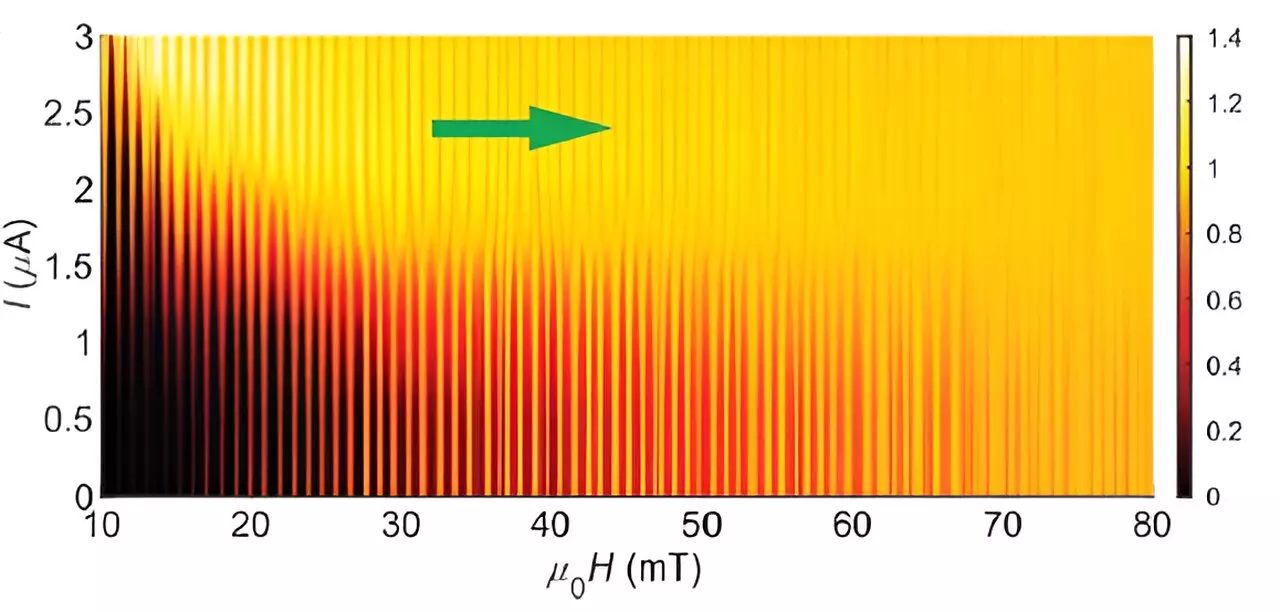Topological materials are gaining attention in the scientific community due to their unique properties that stem from the knotted or twisted nature of their wavefunction. When topological materials interact with their surrounding space, the wavefunction must unwind, leading to the formation of edge states. These edge states cause the electrons at the edge of the material to behave differently from those in the bulk, resulting in intriguing phenomena.
In the case of topological superconductors, the bulk and edge of the material exhibit superconducting behavior, but with distinct characteristics. Researchers have discovered that superconducting edge currents in materials such as molybdenum telluride (MoTe2) can undergo significant changes in the glue that binds superconducting electrons together. This glue, or pair potential, is crucial for enabling the flow of electricity without resistance in superconductors.
The emergence of topological superconductors could revolutionize the field of quantum technologies. These materials hold the promise of hosting special particles known as anyons, which have unique properties that make them ideal for quantum computing operations. Anyons remember their position, allowing for error-protected quantum computations, giving rise to energy-efficient electronics and advanced quantum technologies.
Recent studies have focused on the behavior of supercurrents at the edges of topological superconductors, particularly MoTe2. Researchers have observed that when MoTe2 transitions into a superconducting state, the supercurrent exhibits oscillations in a magnetic field. Interestingly, the edge supercurrent oscillates at a faster rate compared to the bulk supercurrent, leading to distinctive modulations in the material’s response.
To enhance the pair potential in MoTe2, researchers have deposited niobium (Nb) on top of the material. Nb possesses a stronger pair potential, which influences the behavior of the electrons in MoTe2. However, the interaction between the Nb and MoTe2 pair potentials reveals a lack of compatibility, causing the wavefunction guiding the edge electrons to switch between the two potentials based on prevailing conditions.
Implications of Edge Supercurrent Behavior
The noisy oscillations observed in the edge supercurrents when the pair potential at the edge differs from that of the bulk MoTe2 point to the sensitivity of these materials to external influences. Conversely, when the pair potential is consistent throughout the material, the oscillations are nearly noise-free, highlighting the importance of maintaining uniformity in pair potentials for optimal superconducting behavior.
The study of edge supercurrents in topological superconductors offers valuable insights into the behavior of superconducting electrons in these materials. By understanding how edge states and pair potentials influence the overall superconducting properties, researchers can pave the way for the development of future quantum technologies and energy-efficient electronics. The ability to manipulate and control edge supercurrents opens up new possibilities for leveraging the unique properties of topological materials in advanced applications.


Leave a Reply
You must be logged in to post a comment.